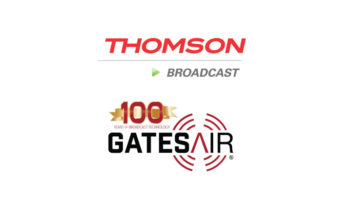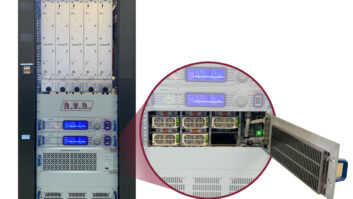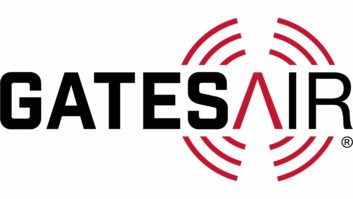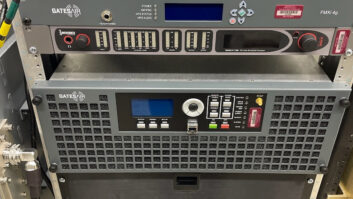Radio World Buyer’s Guide articles are intended to help readers understand why their colleagues chose particular products to solve various technical situations. This month’s articles focus on transmitters.
There will always be a fan base for tube transmitters, but there is no question that the installed numbers are dwindling. The reasons are plentiful, and Bonneville International is one of many broadcasters accelerating their transition to a 100-percent solid-state fleet.
“We are actively working to remove every tube rig in our operation,” said Aaron Farnham, regional director of technology, Bonneville International.
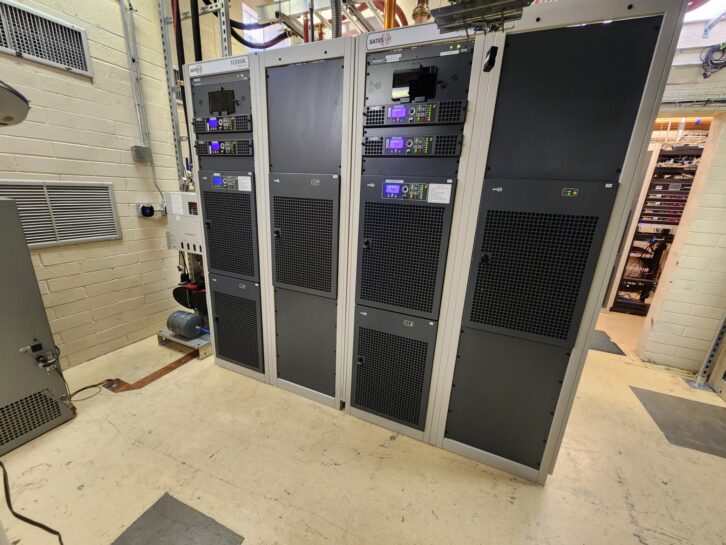
“Our remaining tube transmitters are in backup roles, but there is no guarantee they will run properly after sitting idle. There are few quality tubes available for replacement parts.”
It’s no surprise then that in some cases, Bonneville is moving some well-performing solid-state transmitters into backup roles to replace older tube rigs. The most recent example is the Phoenix market, where Farnham and his team put two GatesAir Flexiva FAX40 air-cooled transmitters into backup service, making room for two Flexiva FLX30 liquid-cooled systems.
Both new transmitters support FM and HD Radio feeds, with GatesAir’s Flexiva FMXi 4g solution supporting all HD Radio importing, exporting and diversity delay functions. That technology is embedded within the transmitters. GatesAir’s solid-state technology also reduces the transmitter footprint, creating more room inside the shared space for KTAR-FM and KMVP-FM.
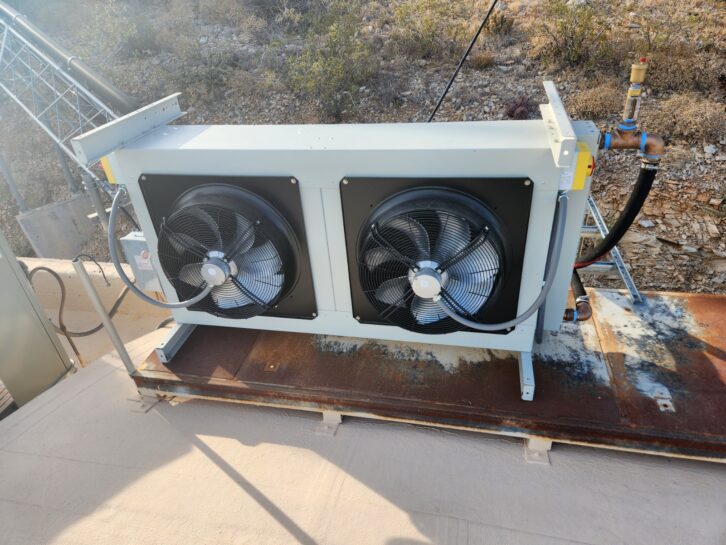
GatesAir’s liquid-cooled systems include a separate pump module and an outdoor heat exchanger, and Farnham says that while the process of preparing the system for operation takes some time, the benefits surface soon after going to air.
“The performance benefits of the FLX are enormous,” he said. “With air-cooled systems, you need a 40 kW transmitter to run 29,000 kilowatts of RF with –10 dB HD sidebands. With liquid, we can achieve that using 30 kW transmitters and maintain the same efficiency.
“That reduced the costs of our initial investment, and our AC usage has dropped dramatically. Since going to air, our monthly power bills have been reduced by $2,500. That’s no small change.”





